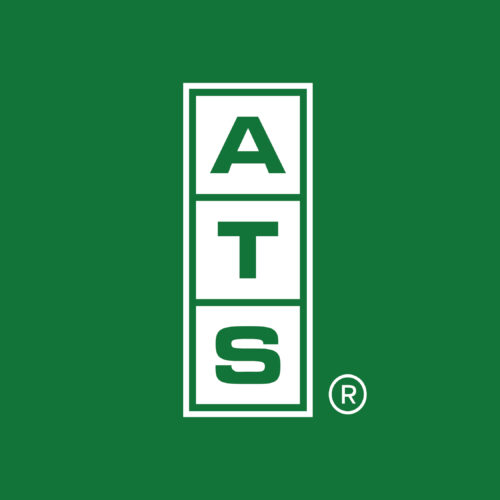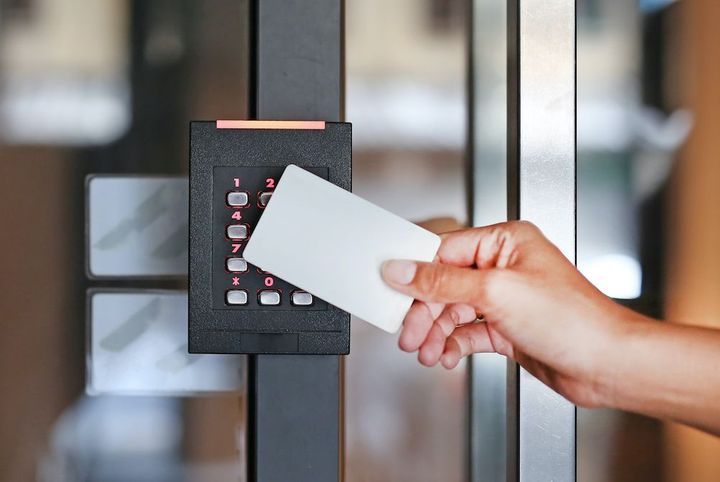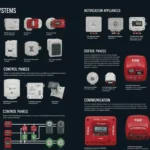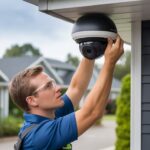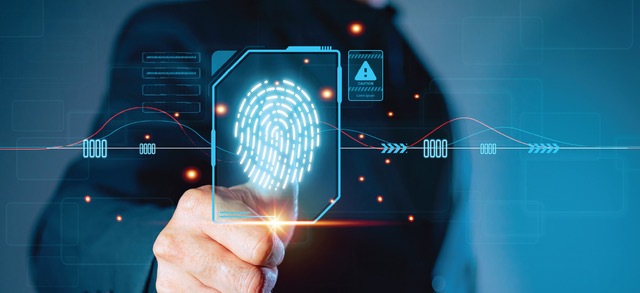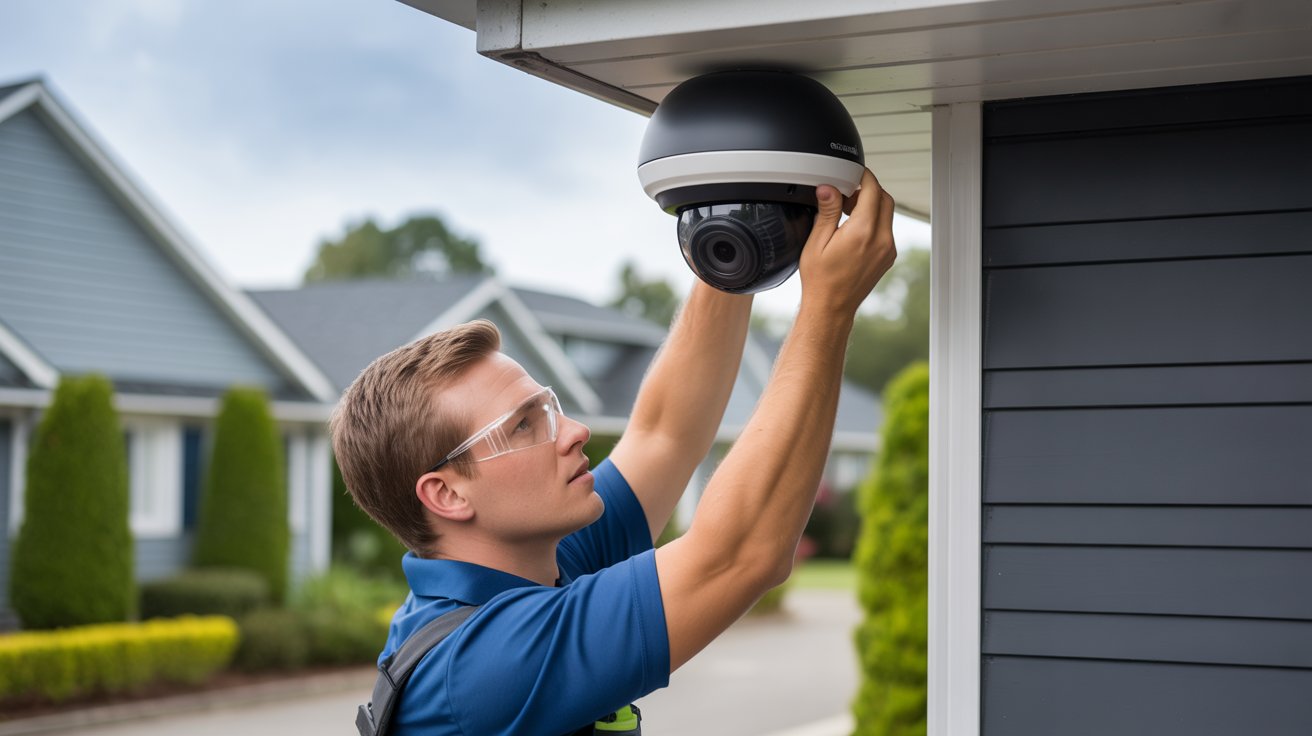The global pandemic resulting from the 2019 coronavirus has caused an extraordinary level of business and economic disruption, regardless of the industry or the location.
The current economy has issues far beyond the virus itself as unemployment rates have pushed to levels not seen since the Great Depression. Supply chain interruptions have caused systemic issues in the front and back of house for businesses. Today, grocers benefit from a 40% increase in sales but also struggle as 35% of meat plants are shut down, restaurant closures put added pressure on the grocery system, and supply chain disruptions force these companies to scramble to maintain inventory levels on their shelves – an issue many forecast to become a major problem. These issues have pushed Americans into a fear there will be a violent side to the pandemic, in particular looting by average Americans pushed to the brink and reliant on survival mode. With a stagnant economy, many fear the household income issues will push people into these desperate actions due to a need to obtain hard to find food and provide for their families economically. This fear has fueled purchases ranging from firearms (whose sales are at an all time high in the United States) to a variety of security systems. Home security in itself has seen the largest increase within the security sector – which is logical now that 62% of the US workforce is working from home while a majority of the remaining 38% of the workforce is spending increased time at home. With offices, schools, restaurants, travel, vacation, sports, and other elements of day to day life halted completely or almost entirely, the average American seems to be spending almost all of their time within their residence, giving an hourly reminder to residents the level of security they do or do not possess, providing a foundation of paranoia for panic spending – commercially and residentially. As a result, companies such as SimpliSafe, for example, saw an 86% increase in sales and a 27% increase in Google searches in March as the pandemic fears rose to prominence. These purchases have often included an increase in technological advancement options within new and existing customer bases. With technologies changing and product options as strong as anytime for consumers, fear based purchases have increased the add on elements of the security experience, such as video analytics, audio analytics, voice control, as well as adoption of other features.
In recent years, security system adoption in all industries remained flat from 2016-2018, and saw a 5% increase in 2019, much of which could be attributed to a strong economy igniting spending of increased disposable income. With the current climate spiking demand, we can expect unbelievable high security sales numbers for the year 2020 in particular Q1 and Q2. It will be interesting to see where the graph of growth heads as the world emerges from the pandemic. The status of the economy generally points to an impending recession as businesses shut their doors, employees lost their jobs, and consumer demand collapses. While previously thought to be recession proof, the recent Great Recession proved this to not be the case as the industry saw strong negative effects from the economic conditions of that period, particularly from sweeping unemployment, foreclosures, declining home values, and other elements slowing consumer demand. Many of those same elements are present today however the pandemic fear has posed a short term opposite effect. It will be interesting to see where things head this time as the effects of the pandemic become long term. Fortunately, Americans are in a much stronger cash position to retain some level of their spending levels than prior to the Great Recession. This is expected to translate to this industry. In 2019, Americans felt strongly about their near term and long term economic prospects, however they still maintained a 7.6% savings rate, highlighting the more risk-averse nature of the populous following the Great Recession, which saw major issues from the average household who only saved 3.6% when that downturn occurred. In addition to this important statistic, we must remember this is a downturn caused by a virus, not by economic instability, which bodes well for the entirety of the industry.
Establishments where people congregate such as bars, restaurants, and event venues are shuttered, which creates an inaccurate view of how many people are actually continuing to work. While there is a tendency to think offices and commercial locations are shut down across the board they are not. Many offices are fully open, partially open, or illegally operating by staying open. Of those who are shuttered, for most the pandemic is too new to forecast and plan for shuttering locations. As a result, security systems are still needed. With so many locations operating at limited hours, with smaller staffing, or closed altogether, the importance of security installations has been reinforced as employees and neighboring employees are less present on site to sound the alarm in the event of any type of security breach.
Industry supporting elements include the following:
- Consumer Fear
- Staying in place has increased observations as to the level of existing security, spurring demand
- More time in place has proven to equal more space improvement projects
Elements hurting the industry include the following:
- Poor economies lead to budget cutting
- Flattened housing market
- Social distancing and preventative measures may hurt installations
- Reduced availability of security first responders undercuts the value of security
Security manufacturers, dealers, and others affiliated in the industry must take these industry enforcing elements into consideration while also adjusting their strategies to fit the current environment to continue to be successful. The current market is very fragmented. We expect to see increased fragmentation as a result of the elements discussed in this article. Items previously emphasized have changed quickly and avenues within the industry previously designated as slow growth and rapid growth have quickly changed as well. The most successful companies have pivoted their messaging quickly from emphasizing words such as “security” into “safety”, a word more important to today’s consumer than any other. In addition, the value element has been emphasized. Add ons such as remote and hands free access are no longer a luxury, but now a requirement for true functionality of a commercial system due to the infrequency of on site presence from employees. These hands free access points have been utilized through smart phone security applications, computer applications, websites, and other mediums. Companies who do not have these systems and still require touching card readers and other hands on access points will suffer as consumers are no longer interested in exposing them to the perceived risks of these items.
With business, households, and individuals all emphasizing safety while also tightening expenses, the top players in the market will naturally emerge as customers more stringently choose what they spend money on and just as importantly with who. An ability to obtain a strong product for an affordable price will be sought after paired with top of the line products. The companies with no identity as a value add or a quality player will likely struggle to keep up. As times continue to change quickly in the near term, companies must be prepared to continually adapt.



